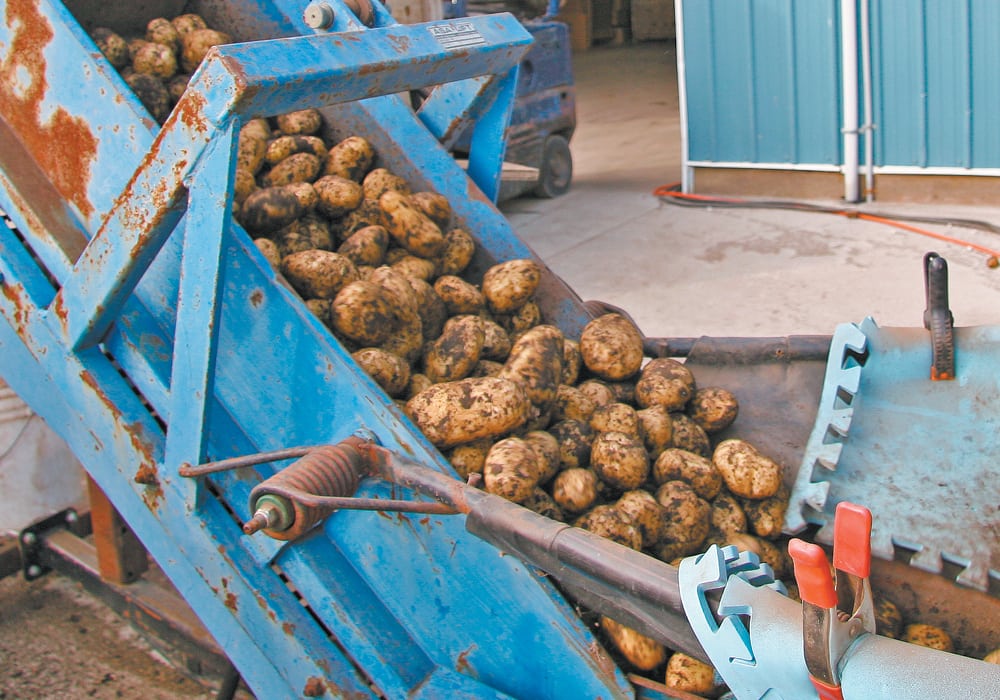Scientists in the United States say they have found a new method for inserting genes into crops that could speed up development of new varieties.
“Making genetic improvements that were difficult or impossible before will be much easier because we can now insert not just one or two genes, but multiple genes into a plant in a way that will lead to predictable outcomes,” Roger Thilmony, a molecular biologist at the U.S. Agricultural Research Service, said in a news release.
The new technique, called GAANTRY gene-stacking technology, is expected to be freely available.
Read Also

Dry bean seeded acreage in Manitoba hits 20-year high
Dry bean acreage across all types reached around 207,000 acres in 2025, representing a significant increase from last year’s 182,000 acres.
J.R. Simplot Co. has expressed interest in using it to develop potatoes more resistant to late blight, the release stated.
“We have struggled to put multiple late-blight resistant genes into potatoes for years,” Craig Richael, director of research and development for Simplot, said in the release.
“They are very long, complex genes, and with existing technologies it’s been extremely difficult. But the GAANTRY technology will help us tremendously.”
GAANTRY’s new approach brings together large “stacks” of DNA needed to pass along key traits. This allows researchers to insert numerous genes at once, while ensuring no unintended DNA is added or lost in the process.

















